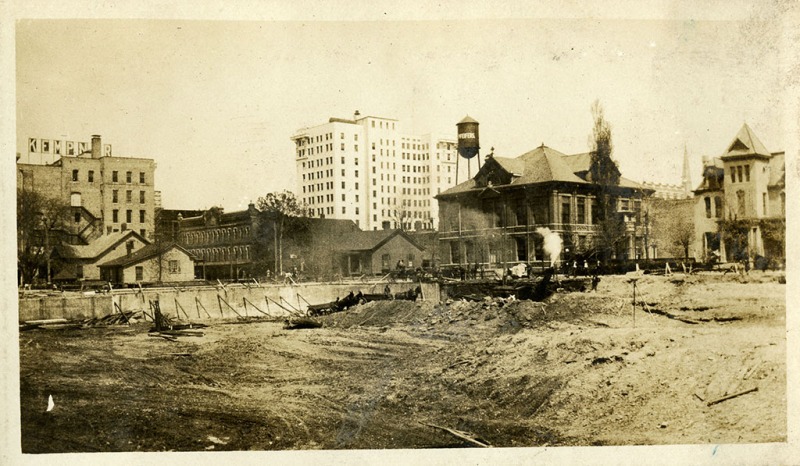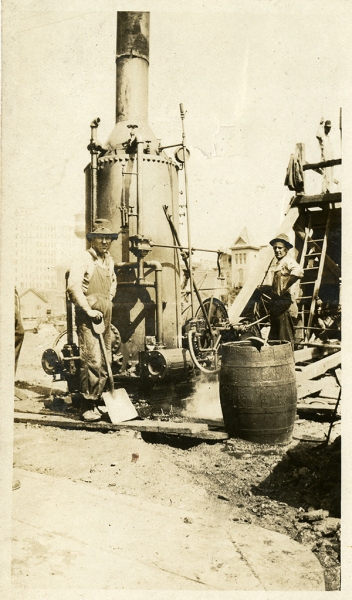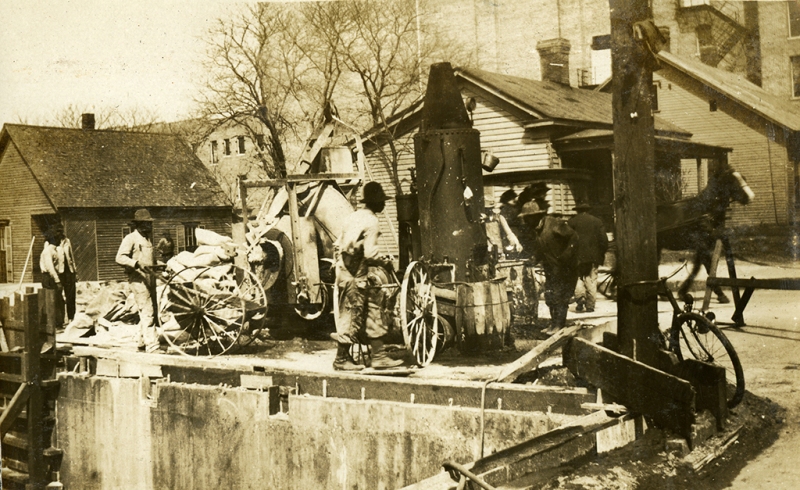On September 21, 1913, the City Market and Arcade Company hired Thalman and Reed to construct the building.[1] They first cleared the area, demolishing the now unused chapel and school buildings for Mount St. Mary Academy. The Altheimer Dry Goods Company building was the only structure left standing in the city block and would be incorporated into the new building.
The Arcade was one of many construction projects underway in downtown Little Rock during the first decades of the 20th century, including Pyramid Place (1907), the Marion Hotel (1907), and the Boyle Building (1909). Little Rock’s population increased from 13,138 in 1880 to 45,941 in 1910. Nationwide, people were moving from rural areas to the city and Little Rock was no exception. Such a city was in need of a marketplace.
Also influencing the development of the Arcade was the Progressive Movement, which was in full swing in Little Rock thanks to the election of Charles E. Taylor, who was the city’s mayor from 1911 to 1919. Progressivism espoused a greater role for government in promoting the public’s health and well-being.[2]
Although the Arcade was a private venture, the mayor had a stake in the building’s success. Promoting public health meant making sure that the food and water supply were regulated and safe. The Arcade’s founders were supportive of the mayor’s mission, which is why such on emphasis was placed on sanitary conditions in the Arcade’s design. With careful planning, the building adhered to the ideals that progressivism encouraged.
*The banner photo shows a view of the City Market and Arcade, a year after it opened. From: Sanitary Pottery, no. 1 (1915): p. 11.
[1] Hull, Clifton E., “Old LR Buildings Gone but Not Forgotten,” Arkansas Gazette, November 26, 1972, 5E.
[2] Rimmer, Martha, “Progressivism Comes to Little Rock: The Election of 1911,” Pulaski County Historical Review 25 (1977):49-60.



